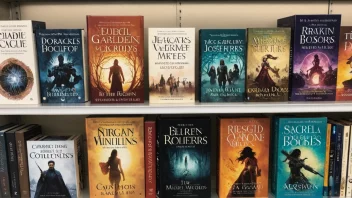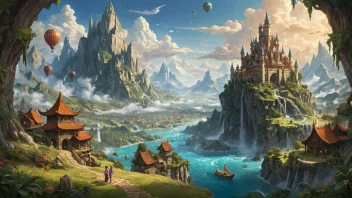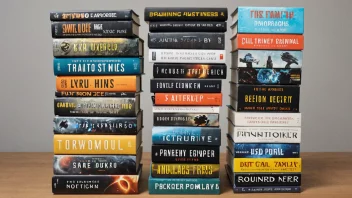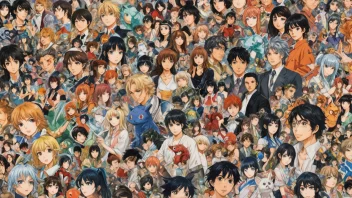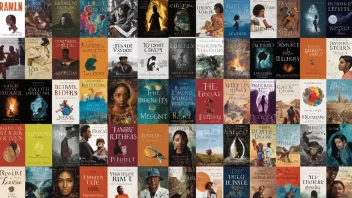Animals have long played a significant role in children's literature, serving as engaging characters who impart lessons, entertain, and spark imagination. This article explores the role of animals in both classic and contemporary children's literature, comparing iconic works like A.A. Milne's "Winnie-the-Pooh" and E.B. White's "Charlotte's Web" with more recent contributions like Mo Willems' "Don't Let the Pigeon Drive the Bus!" and Erin Entrada Kelly's "Hello, Universe." By analyzing the themes, character development, and narrative styles, we can understand how animal characters influence young readers and reflect societal values.
Classic Animal Tales
Classic children's literature often features anthropomorphic animals that embody human traits, allowing young readers to connect with them on a personal level. These stories frequently focus on themes of friendship, loyalty, and morality.
Winnie-the-Pooh
A.A. Milne's "Winnie-the-Pooh" centers around a lovable bear and his friends in the Hundred Acre Wood. The characters, including Piglet, Tigger, and Eeyore, represent various aspects of human nature, showcasing the importance of friendship and acceptance. Milne's simple yet profound storytelling invites children to explore their emotions and relationships.
Charlotte's Web
E.B. White's "Charlotte's Web" tells the story of a pig named Wilbur and his friendship with a spider named Charlotte. This touching narrative delves into themes of love, sacrifice, and the cycle of life. White's ability to instill a sense of wonder and empathy in readers makes this classic a staple in children's literature, encouraging discussions about mortality and kindness.
Contemporary Animal Characters
Contemporary children's literature continues to utilize animal characters but often incorporates modern themes and humor that resonate with today's young readers.
Don't Let the Pigeon Drive the Bus!
In Mo Willems' "Don't Let the Pigeon Drive the Bus!", the titular pigeon serves as a comical figure who constantly tries to persuade the reader to let him drive. This interactive story engages children by breaking the fourth wall, encouraging them to participate actively in the narrative. Willems' humor and relatable themes of desire and denial resonate with children, making it a favorite among modern readers.
Hello, Universe
Erin Entrada Kelly's "Hello, Universe" features a cast of animal characters that play a crucial role in the development of the story. The narrative weaves together the lives of various children, with the animals acting as symbols of courage and friendship. Kelly's work emphasizes the importance of diversity and inclusion, providing a contemporary lens through which young readers can explore complex social dynamics.
Comparative Analysis
When comparing classic and contemporary animal tales, several differences and similarities become apparent.
Themes and Morals
Classic works often emphasize timeless morals and life lessons that align with traditional values, such as friendship, loyalty, and sacrifice. In contrast, contemporary tales frequently incorporate modern themes, including individuality, social issues, and humor, making them relatable to today's children.
Character Development
In classic literature, characters often undergo significant development, reflecting profound emotional experiences. For example, Wilbur's journey from a lonely pig to a beloved friend illustrates deep emotional arcs. Contemporary literature, while still allowing for character growth, often focuses on humorous situations and relatable conflicts rather than dramatic transformations.
Narrative Style
Classic children's literature tends to follow a more traditional narrative structure, with detailed descriptions and moral conclusions. In contrast, contemporary works often employ a more relaxed, conversational tone that engages readers directly, as seen in Willems' interactive style.
Conclusion
Both classic and contemporary children's literature featuring animals serve essential roles in shaping young readers' understanding of the world. While classic tales provide enduring lessons and emotional depth, contemporary stories introduce humor and modern themes that resonate with today's children. Ultimately, the role of animals in children's literature reflects evolving societal values and the importance of fostering a love for reading among the younger generation. Whether through the timeless wisdom of Milne and White or the playful innovation of Willems and Kelly, these stories continue to inspire and entertain, making them invaluable to the literary landscape.

